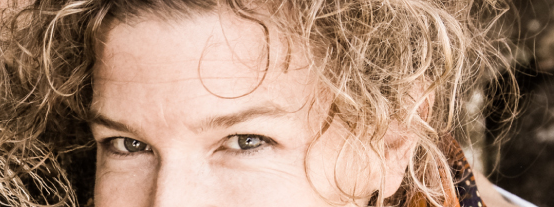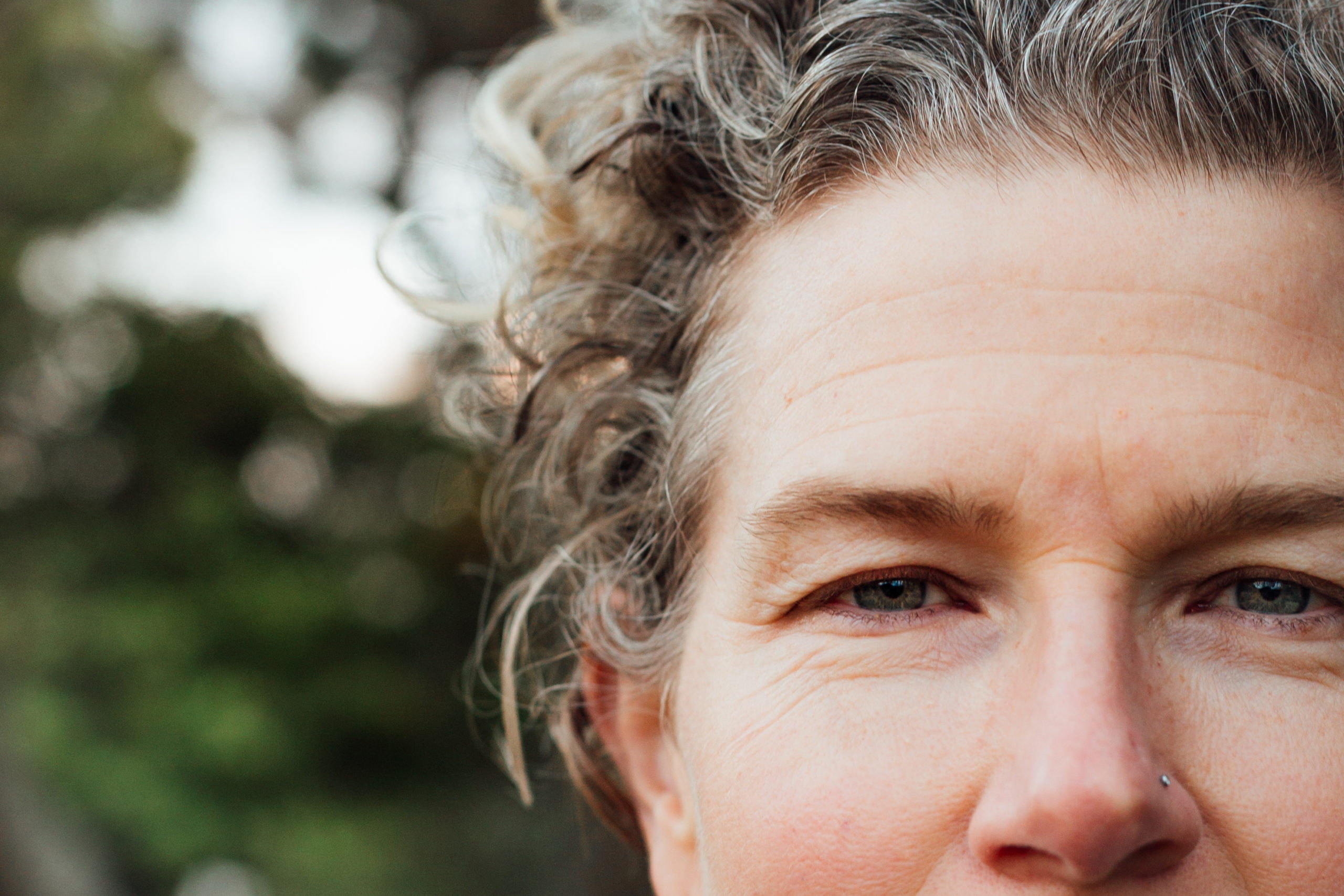In the past, my life was riddled with active addictions, misunderstandings, and intense self-judgment. I had difficulty looking in the mirror without criticism, acknowledging what was enough, and coming to terms with the illusion of control. I turned to drinking, drugs and dudes to escape from the pain of Suffer. This only led to even greater Suffer.
Now, I enjoy the fruits of a well-examined extraordinary life of Serenity: sobriety from alcoholism, healthy assertive communication, and radical self-care. Here’s a peak at how I do it:
The three c’s create an extraordinary life of Serenity:
Connection
Communication
Contemplation

Connection is necessary for my top value: Serenity. Serenity is the opposite of addiction. Serenity is comfort in my skin, clarity in my mind, and calm in my heart. I make a daily practice to connect with a sense of ease. Recovery meetings, true friendships, heartfelt hugs with my beloveds. These all happen. Regularly. This is proper use of my will. Connection with truth and beauty happens with a flower outside.

Communication is essential for connection and Serenity. Even if I’m on a 10-day silent meditation retreat, my non-verbal communication reflects whether I’m calm in Serenity or caught in Suffer. The inner self-talk impacts my soul’s expression, so a look in the eyes is enough to tell you how I’m doing. The mirror meditation of each morning, rounding the corner and saying, “Hey Buddy” to myself is much easier when I do the first act of Serenity: Smile upon awakening, before feet kiss the earth.

Contemplation is the art of accurate self-examination through communicating with my higher powers. Prayer (yep, the Serenity Prayer is a daily practice), meditation (metta, maitri, lovingkindness) and writing. These all work. I get to use my will to allow space for them to happen.
Serenity Prayer
God grant me the Serenity
to Accept the things I cannot change
the Courage to change the things I can
and the Wisdom to know the difference
In conclusion, I want to offer a reminder about dialogue. One specific and powerful communicational tool called the Imago Intentional Dialogue helped. Today’s guest blog, from Shambhala Mountain Center (a favorite place of mine for meditation, now called Drala Mountain Center), highlights the power of the Imago Intentional Dialogue.


